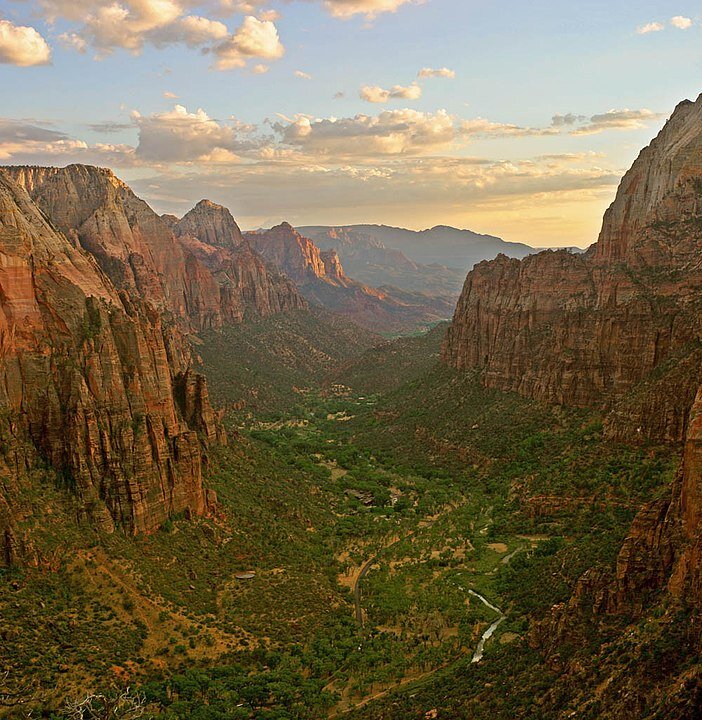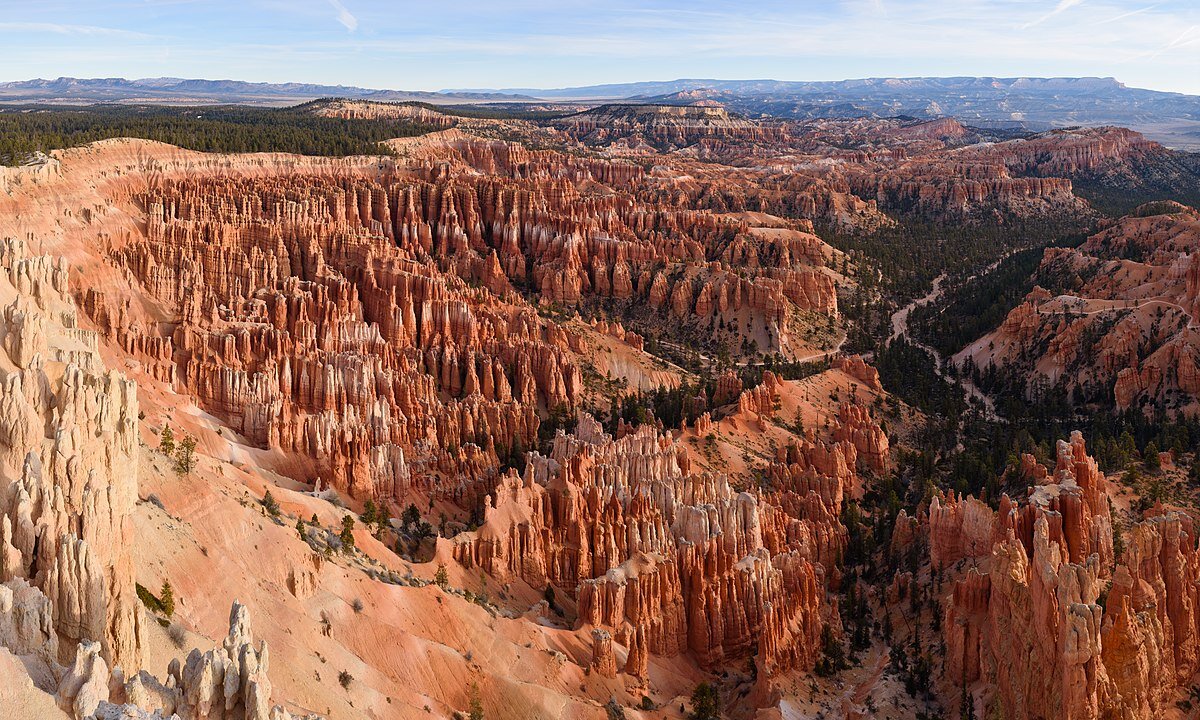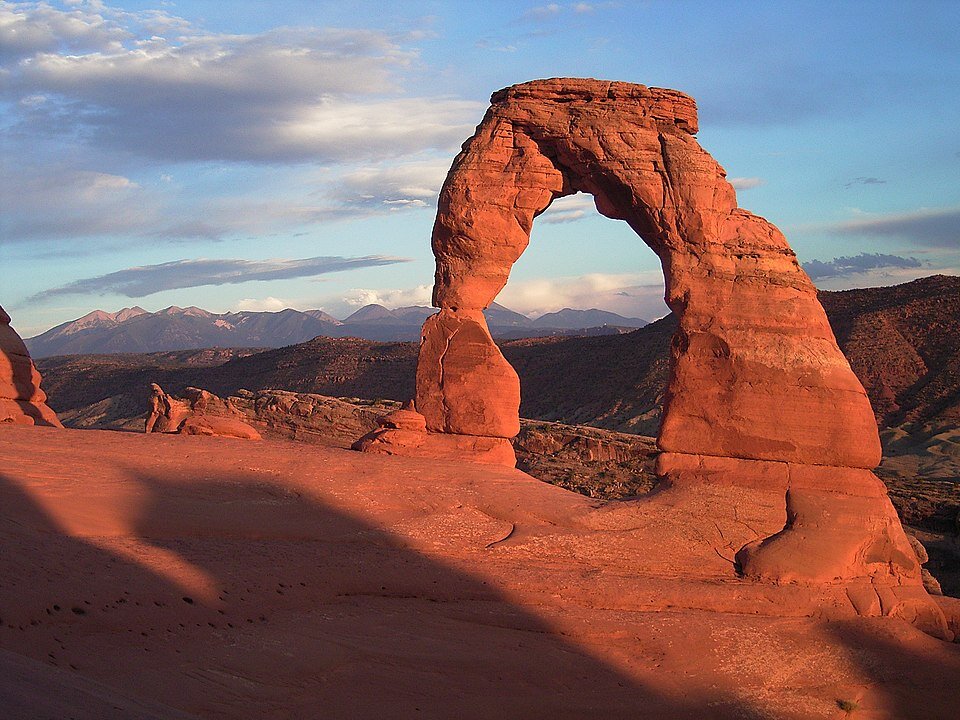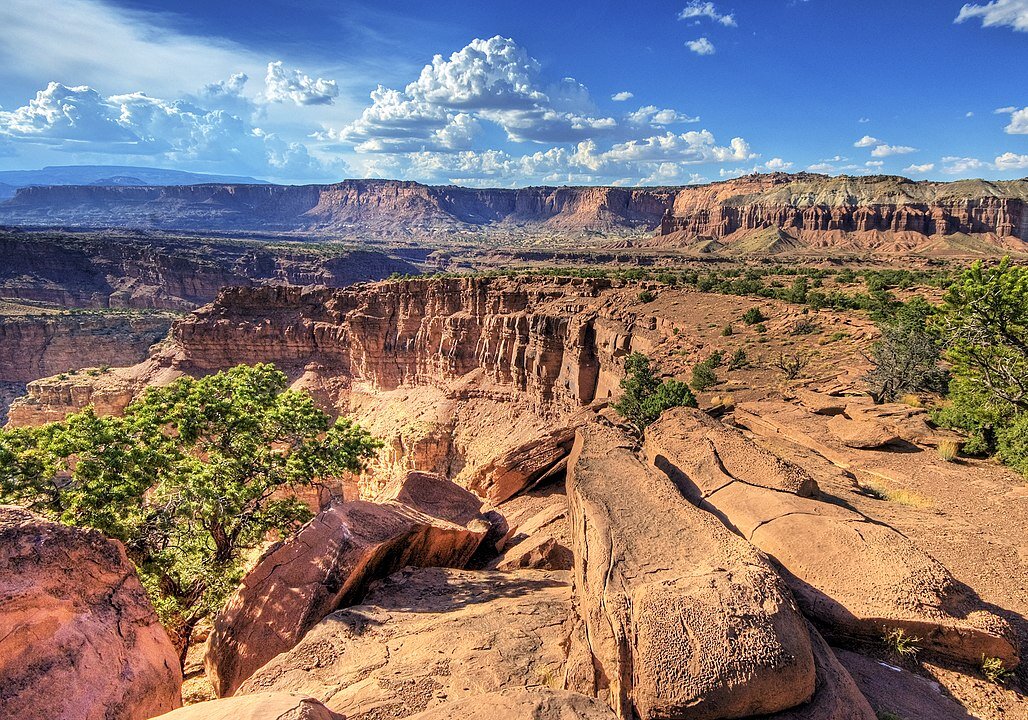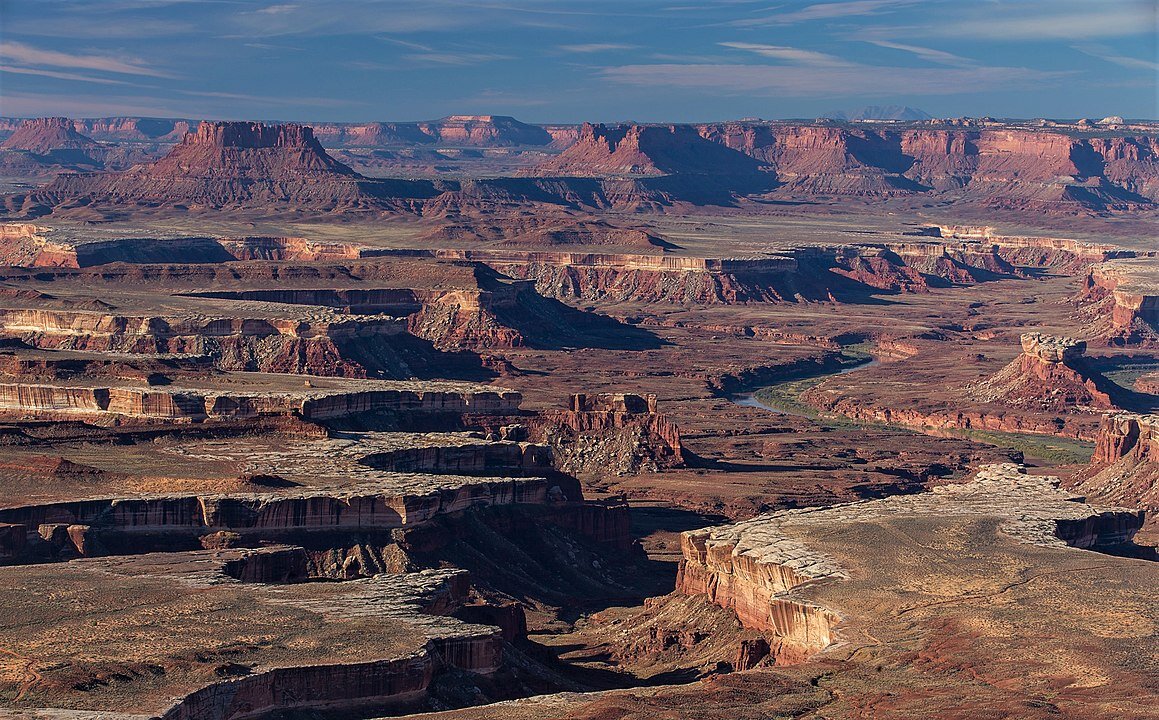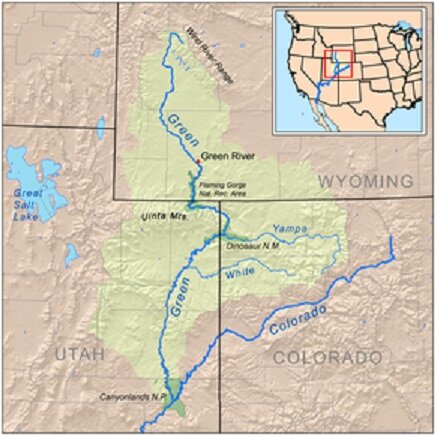The Grand Tour
The National Park Service (NPS) runs over 400 properties, including National Parks, National Historic Sites, and National Battlefields. The jewels of the NPS are the 63 National Parks. The NPS was founded in 1916. Its mission: "....to conserve the scenery, natural and historic objects, and the wildlife… and to provide for the enjoyment of the same…and leave them unimpaired for the enjoyment of future generations."
National Parks existed before this law, but they were managed under differing ad hoc arrangements. The Parks are created by Congress.
Test Your Knowledge
Which was the first National Park?
a. Yellowstone
b. Yosemite
c. Crater Lake
d. Glacier National Park
Yellowstone was the first National Park, 1872. (President Grant). Yosemite became a park in 1890, during President Benjamin Harrison’s Presidency. Crater Lake was 1902 (President Teddy Roosevelt) and Glacier in 1910 (President Taft).
Which National Park has the most visitors (2019)?
a. Rocky Mountain National park
b. Grand Canyon
c. Great Smoky Mountains
d. Zion
The Great Smoky Mountains National Park, with over 12 million visitors, had more than twice the second-place finisher, the Grand Canyon, which received almost 6 million visitors. Rocky Mountain entertained over 4.5 million visitors, while Zion had slightly under 4.5 million tourists.
Which National Park had the fewest visitors in 2019?
a. Great Basin (Nevada)
b. Gates of the Arctic (Alaska)
c. Isle Royale (Michigan)
d. Dry Tortugas (Florida)
The Gates of the Arctic had only 10,500 visitors. About 26,000 people visited Isle Royale, an island in Lake Superior. The Dry Tortugas, an island off of Florida, hosted almost 80,000 visitors. And the Great Basin received about 130,000 visitors.
The largest National Park (acreage) is:
a. Death Valley (California)
b. Yellowstone (Wyoming, Montana, Idaho)
c. Everglades (Florida)
d. Wrangel - St. Elias National Park and Preserve (Alaska)
Wrangel - St. Elias National Park and Preserve has over 13 million acres. Death Valley has about 3.4 million acres. Yellowstone contains over 2.2 million acres, while the Everglades is about 1.5 million acres.
The smallest National Park:
a. Indiana Dunes (Indiana)
b. Hot Springs (Arkansas)
c. Gateway Arch (Missouri)
d. Congaree (South Carolina)
Gateway Arch National Park only has 200 acres. Hot Springs is about 5,500 acres, while the Indiana Dunes are over 15,000 acres. The Congaree is over 26,000 acres.
The Grand Circle Tour of Utah
Utah has five National Parks; only California and Alaska have more. All five are beautiful in different ways. They can be visited in a relatively short time in what is known as the ‘Grand Tour.’
Antiquities Act of 1906
Four of these Utah parks were created by Presidents using the ‘Antiquities Act of 1906.’ This law allows Presidents to create National Monuments from federal lands to protect significant natural, cultural, or scientific features. The Antiquities Act was initially designed to protect small archeological sites from looting: “…the President of the United States is hereby authorized, in his discretion, to declare… historic landmarks, historic and prehistoric structures, and other objects of historic or scientific interest that are situated upon the lands owned or controlled by the Government of the United States to be national monuments, …the limits of which in all cases shall be confined to the smallest area compatible with proper care and management of the objects to be protected.”
Although the act states that the ‘smallest area’ should be set aside, Presidents have used the act to protect significant land areas from development until Congress can create a National Park. The Supreme Court has ruled that this law provides the President with wide latitude. This Act played a vital role in the development of Utah’s National Parks.
Zion National Park
In 1909, President Taft used the Antiquities Act to declare a National Monument in the land that became the future Zion National Park. Ten years later, President Wilson signed the law creating the park. With almost 4.5 million visits in 2019, Zion is the fourth most visited National Park. It features dramatic scenery and brilliantly colored rocks through a canyon.
Bryce National Park
Similar to Zion, Bryce was initially created by the Antiquities Act. President Warren Harding declared the area a National Monument in 1923, shortly before his death. Calvin Coolidge signed the subsequent Act establishing Bryce in 1928. 2.5 million visitors in 2019 made Bryce 12th on the list of most frequently visited parks. Bryce features ‘Hoodoos,’ tall rock spires formed by hard and soft rock eroding at different rates. The park is named after homesteader Ebenezer Bryce.
Arches National Park
President Hoover used the Antiquities Act to declare Arches a National Monument in 1929. Franklin Roosevelt used the same Act to expand the park in 1938. Arches did not become a National Park until President Nixon signed the enabling legislation into law in 1971. As suggested by its name, Arches is known for a high density of natural rock arches. Bryce is the 18th most popular park in the NPS, with over 1.6 million visitors in 2019.
Capitol Reef National Park
Repeating the pattern, FDR used the Antiquities Act to declare the area a National Monument in 1937. It did not become an official National Park until 1971 under President Nixon. The park is known for its 100-mile long ‘monocline.’ Which is a fold in the earth creating numerous canyons and rock formations. About 1.2 million people visited in 2019, making it 25th on the list of most visited parks.
Canyonlands
Unlike the other Utah National Parks, Canyonlands skipped the National Monument designation. Congress directly passed a law in 1964 establishing the park. The Green River, which runs from Idaho into Utah, merges with the Colorado River, which runs from Colorado into Utah by this park. Those rivers have eroded the land into beautiful vistas of canyons, mesas, and buttes. The park hosted over 700,000 tourists in 2019 and is the 30th most popular National Park.
Conclusion
Each park is more beautiful than the next. When you think one vista is the most amazing sight, the next one surpasses it. With COVID ending, we hope, it’s time to hit the road. And what could be better than doing a grand tour of the five Utah National Parks? As a friend said, “No one leaves these parks an atheist.”

